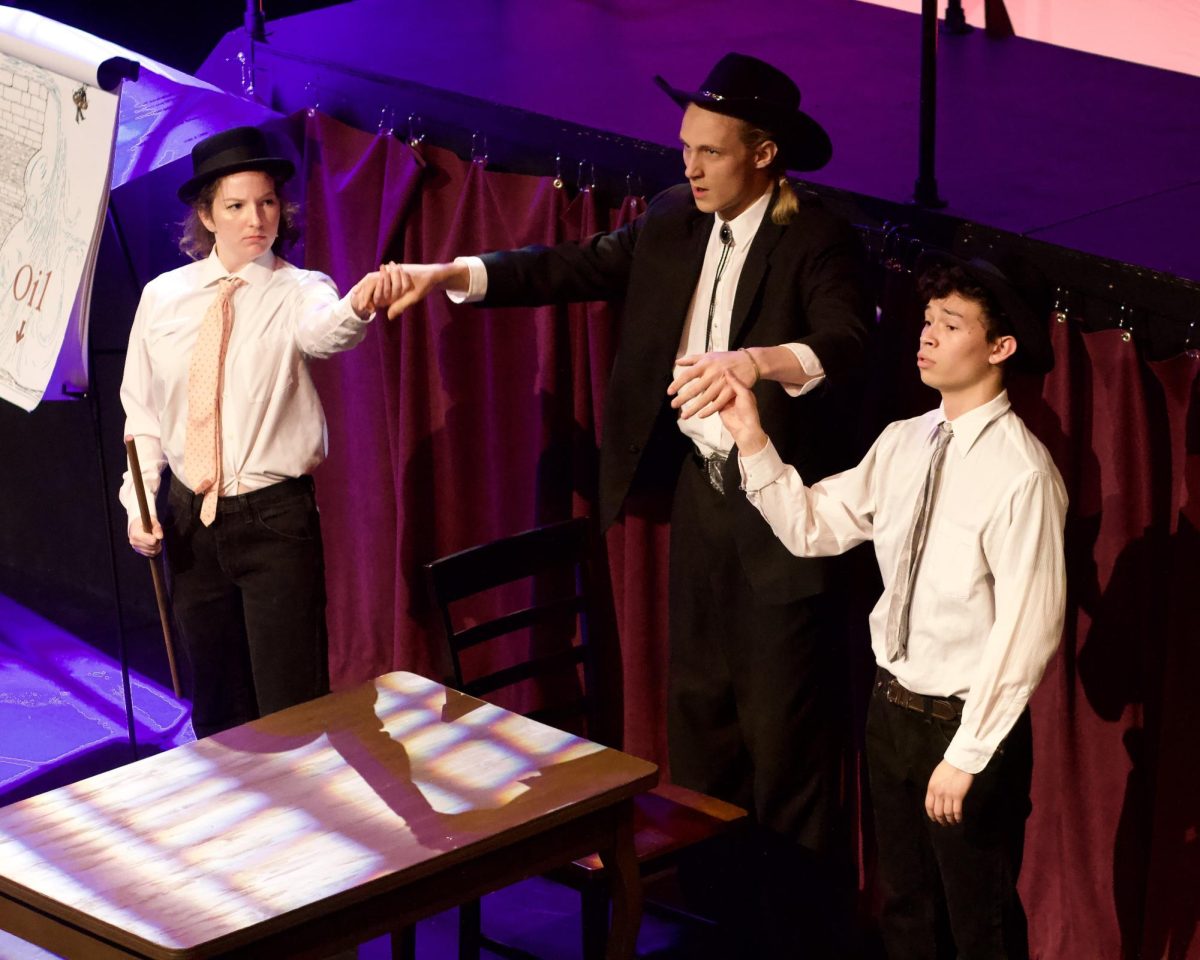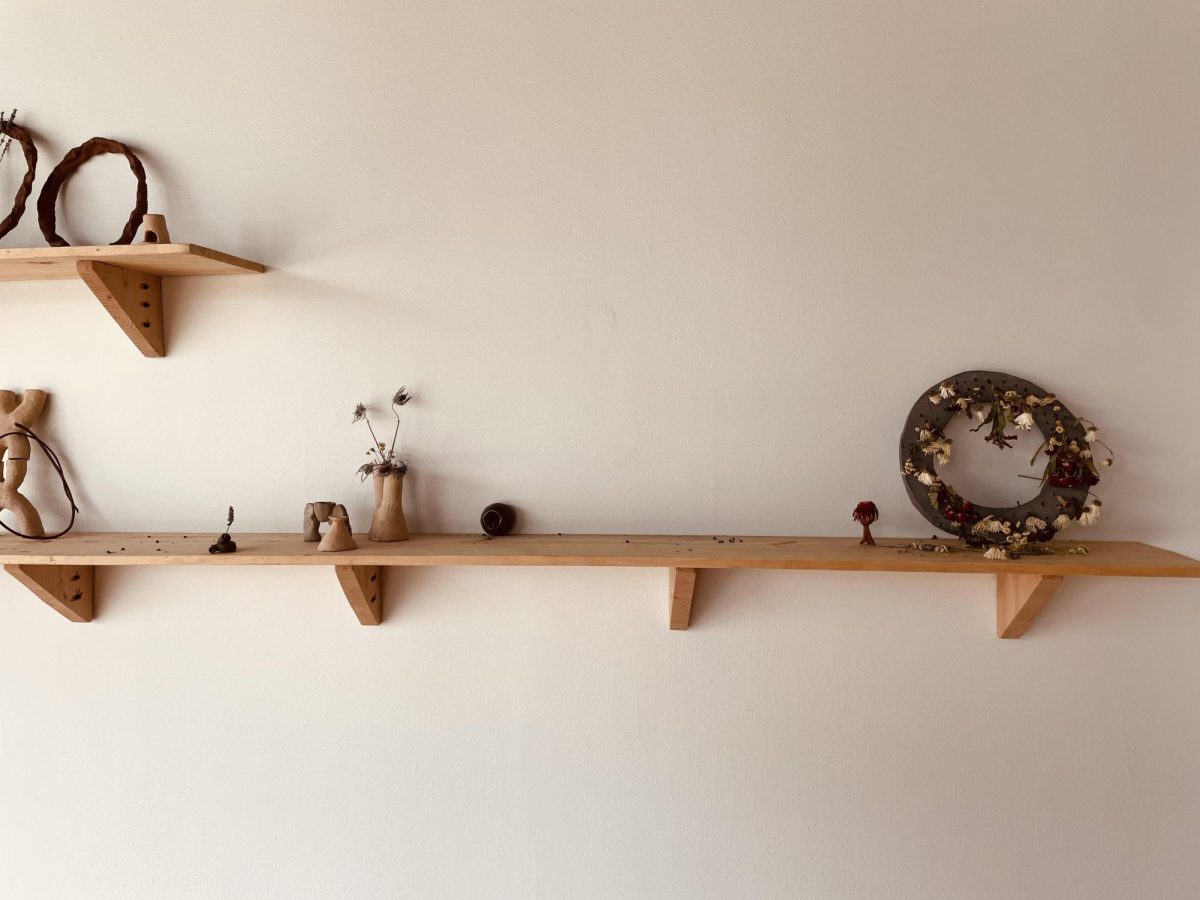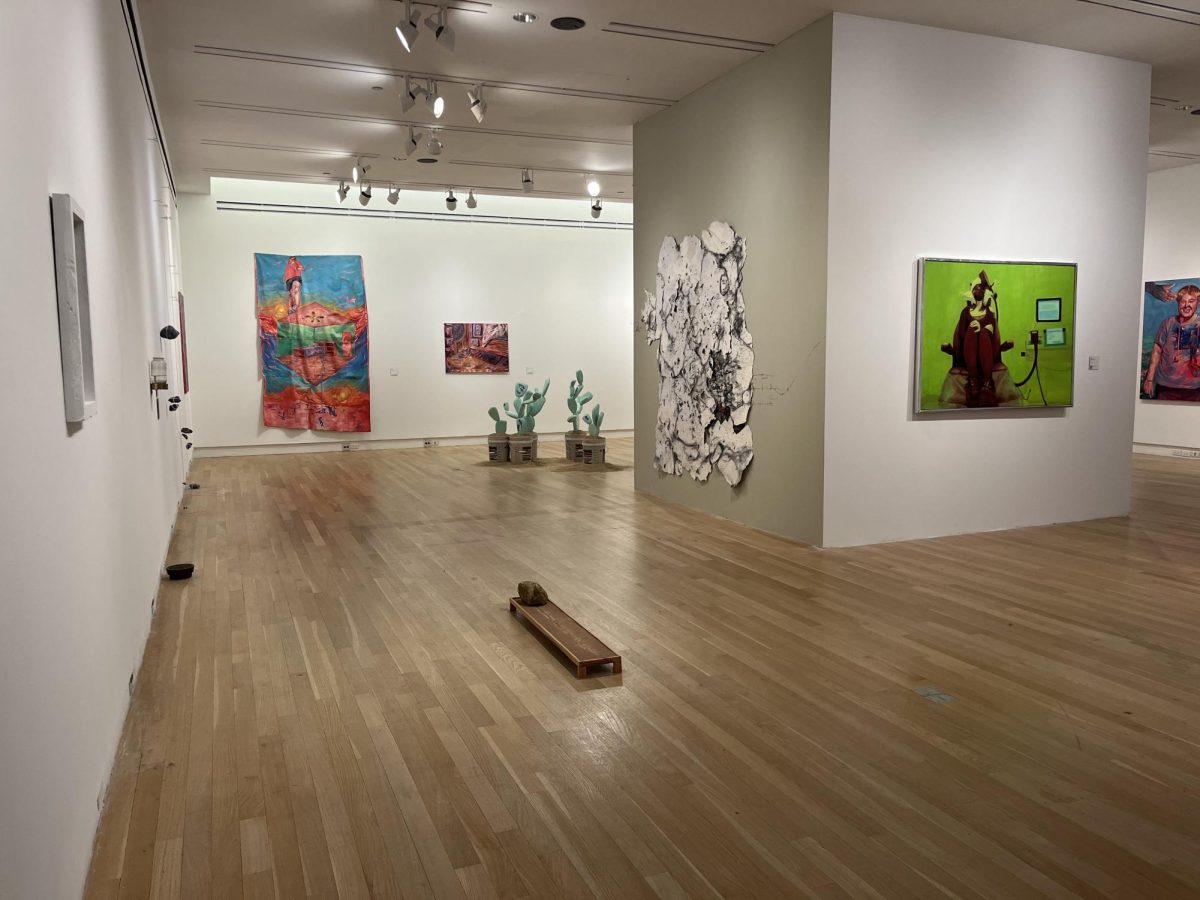The Velvet Lounge is closing. I know—people have been saying it was closing for two years now, but I have it from Fred Anderson himself. The end is definitely near. March will, in all likelihood, be the Velvet’s last full month. It will re-open in its new space shortly thereafter.
I’ll say bluntly that one of the purposes of this article is to get everyone who reads it to go one last time—or for the first time—to the original space before it closes. The info you need: It’s open Wednesday through Sunday. (I highly recommend Thursday nights, although Saturday, March 25, will be an unforgettable concert.) The Velvet is located on 22nd and Indiana; if you don’t have a car, you can take the Red Line or split a cab with someone (it’ll be about $12). All of this info is available on their website, www.velvetlounge.net.
I first went to hear music at the Velvet Lounge in November of 2003, the fall of my second year. There was no good reason to have waited that long, and I ended up going almost by accident. At the time we first pulled up to the Velvet and I forked over the $10 cover charge to the ancient black man standing at the door, I wasn’t even much of a jazz fan. I couldn’t identify Coltrane or Parker or Miles Davis if I heard them. I didn’t even know which instruments they played. And I certainly didn’t know that the ancient black man standing at the door was not only the owner of the Velvet, but saxophone legend Fred Anderson (who, for all his 70-odd years, is still a savagely emotional player).
What kind of music does Vincent Davis, the drummer whose band I am now endorsing (who happened to be playing that Thursday night) play? Well, it is unlike any jazz I’ve heard anywhere else. Even mentioning its distant kinship to late Coltrane is misleading, since Vincent Davis spent a long time playing funk and fusion, and it shows. It is not easy listening. It is totally improvised, which is why it is often called “free jazz,” but it has little to do with the more abstract, European-influenced sound that is usually associated with the term. It is highly rhythmic, with heavy African roots. It is very high energy. And it is totally sublime.
Since that first night, I have probably spent around 60 Thursday nights at the Velvet Lounge, or two-thirds of all Thursday nights I’ve been in Chicago. In other words, I’m totally addicted. Who goes to see the same band 60 times?
To be fair, it hasn’t been quite the same band the whole time. The only member of the group I first saw who still plays on Thursday is Vincent Davis himself. All the other players have changed at least once. Favors, the bassist during the first few months of my attendance, died at the end of January 2004. Favors was the bassist for the famed Art Ensemble of Chicago, and the few sets I saw him play in the band are among the most incredible live music experiences of my life.
Does this mean it has been downhill since then? Why have I been so loyal to this one band? Do I ever go to the Velvet on other nights—say, Fridays or Saturdays—when higher profile people than Davis often play?
This article is meant as a tribute to the Velvet Lounge as a whole—not simply to Vincent Davis’s band—and I have been to the Velvet Lounge on many other occasions, notably to see Fred Anderson himself play. The place has been the home for a whole generation of South Side musicians, especially for adherents and members of the Association for the Advancement of Creative Musicians. That it is being pushed out by the expansion of the McCormick Place Convention Center is just another tale, in one sense, of corporate bullying and urban atrocities. That ait is moving two or three blocks down the street—that the failing relocation fundraising effort was suddenly saved by a generous donation—is a relief.
But more than congratulating myself on my loyalty to some unheard-of South Side jazz band, I am trying to describe a way of experiencing music that I’ve been lucky enough to discover at the Velvet Lounge (which makes it all possible by booking bands for regular gigs).
Of course, some nights are better than others. But that is just as true of the Jazz Showcase, which hosts the best traveling national acts. If you want to see music without any risks, you can go see a pop concert, where the band plays exactly what is on their album, and there are no surprises. Unless the band releases a new album, there isn’t much point in going to see them more than once (if there was any point in going to see them recreate the sound of their album live in the first place).
I feel lucky, because the Velvet Lounge has become a kind of temple for me, and going there a kind of ritual. After about a year, my friends and I became quite friendly with the musicians. Some of us have taken them on as teachers. I’ve tried over the years to bring more and more people, and many have, like me, become addicted.
We’ve watched Vincent Davis change the personnel from time to time, the transition from sax player Hannah John Taylor to Ed Wilkerson being the biggest change. For a while there was a young keyboardist, Justin Dillard, who was totally unpredictable—incredible one night and aggravating the next. The bassist Davis is currently using, Junius Paul, is only 22 years old; I’ve watched him go from being the unimpressive substitute to an astoundingly virtuosic player.
Even with these changes, there is real continuity, and this kind of continuity—where you ritualize your relationship to a place and its people—changes your relationship to music. If you pay $30 to go and encounter the reified art object in the classical music hall or at the stadium rock concert, your relationship to it is one-dimensional. You consume it, get what pleasure you can (usually by convincing yourself it was worth the money you paid), and go home. The performers are under tremendous pressure, partly from financial incentives to provide a consistent, crowd-pleasing performance. The experience is utterly predictable and rarely sublime.
The patience and the empathy that the regular audience has developed with Davis and his band—as well as the support of a venue like the Velvet Lounge, which will book them every Thursday, regardless of the occasional “bad night”—allows them to explore uncharted territory and take musical risks that achieve transcendence in the most unexpected ways. Davis and Wilkerson manage, at their best, to utterly transfix the audience with waves of sound for 20 or more minutes at a time. Craving this experience again, we keep coming back, even if on some nights the ecstasy comes in bursts of only a few minutes. You could call the audience indulgent-—or patient. At the end of a good night, Davis always thanks the audience for “making this happen.” In free jazz, that is not a figure of speech.







